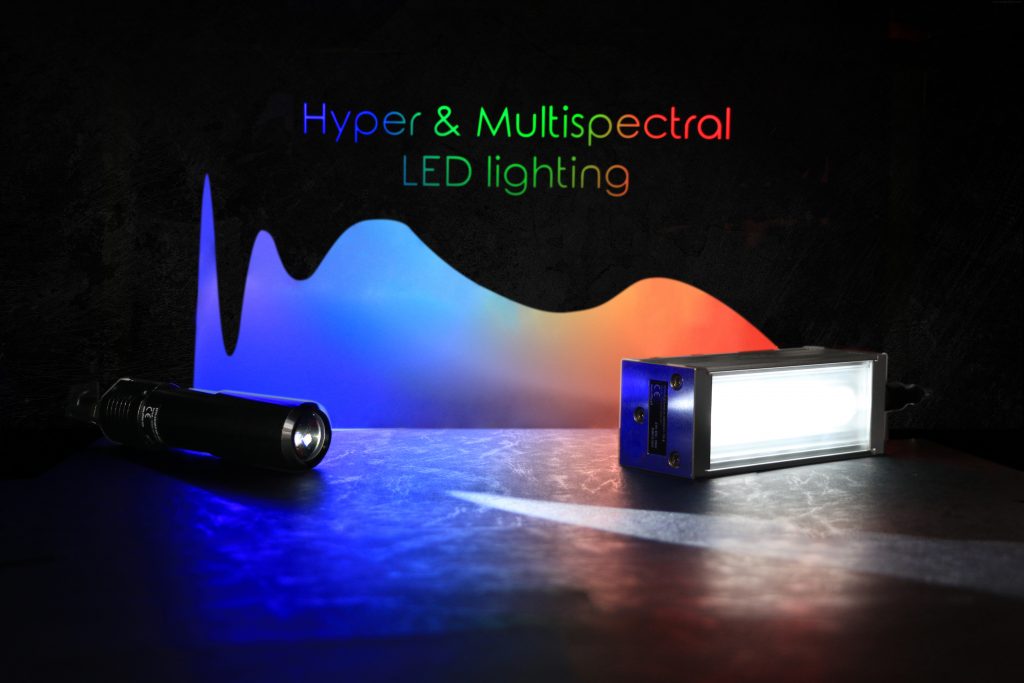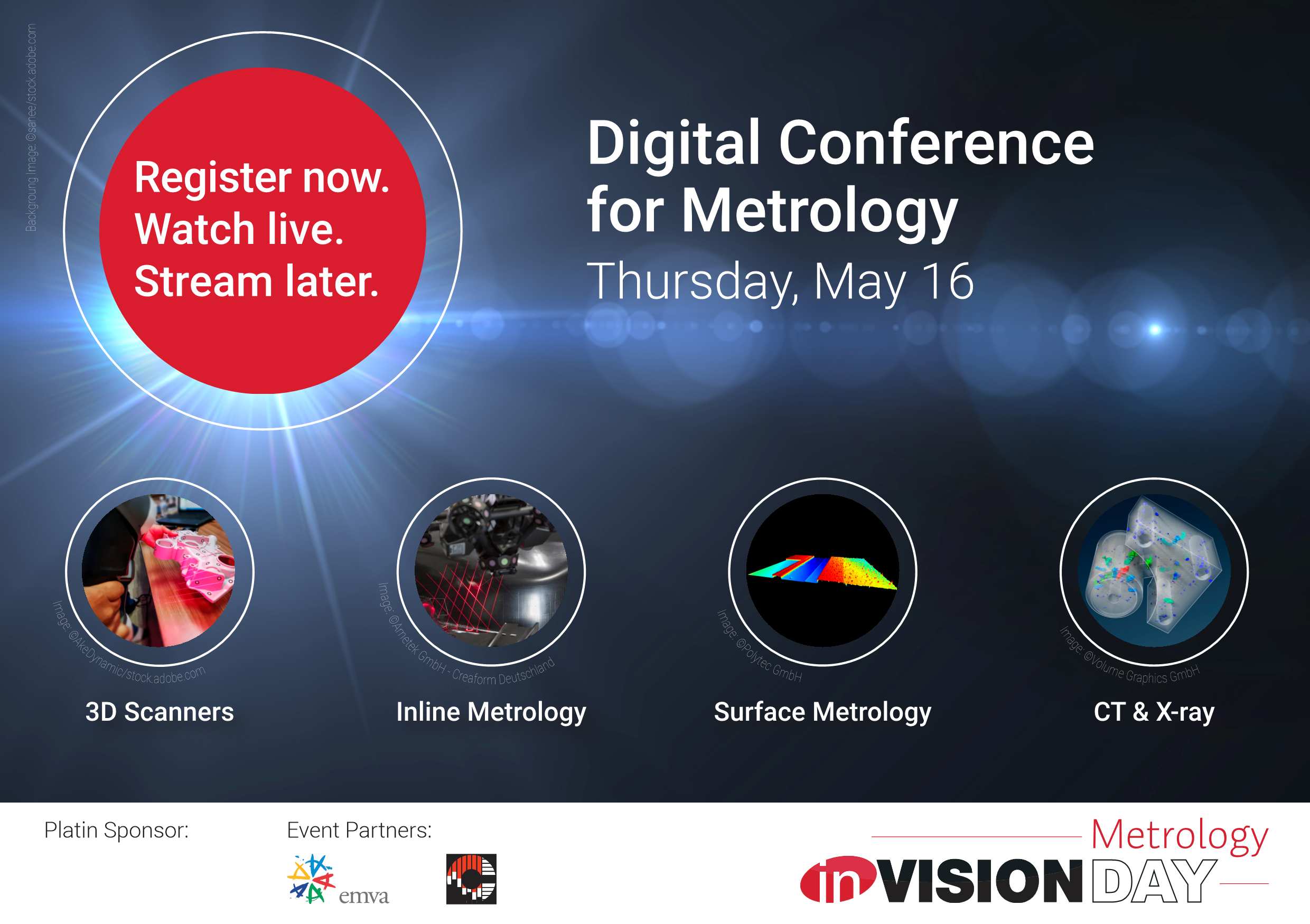VIS-NIR LED iIlluminations For Hyperspectral Imaging
A new single broadband LED illumination point source provides a nearly flat spectrum between 400 and 900nm to give the spatial and spectral uniformity required for hyperspectral LED illumination. The new LEDs can be adapted to a wide range of form factors to meet the different needs of each application.

A new single broadband LED illumination point source provides a nearly flat spectrum between 400 and 900nm for hyperspectral imaging. (Bild: Effilux)
The availability of new hyperspectral LED illumination in a variety of form factors will open up new opportunities across many applications and industries. The key requirement for hyperspectral illumination is for as homogeneous emission as possible over the entire wavelength range of interest from a point source to prevent wavelength-dependent angular absorption effects. For visible-NIR hyperspectral imaging the wavelength range is 400 to 900nm. Traditionally tungsten halogen lights are used. These black body radiation sources have a generally good uniformity of emission over the wavelengths of interest, but a relatively poor emission in the blue spectral range. Also, a large proportion of the energy emitted lies outside the required wavelength range which generates excessive heat. They also present considerable operational challenges, such as heat dissipation, stability, short lifetimes, poor energy efficiency and continuous only light output (they cannot be strobed). These, together with difficulty in achieving high spatial uniformity due to lamp size and optics, make it problematic to build these lights in the form factors most frequently needed for automated hyperspectral imaging. In addition, EU environmental regulations may result in these types of lamps being banned going forward.
An alternative solution is LED illumination which enjoys extremely long lifetimes, but general white light LEDs do not provide the required uniformity or wavelength range. They have a large peak in the blue region of the spectrum, a ‚hole‘ around 480nm and only operate up to just over 700nm so they do not utilize the full sensitivity (up to 1,000nm) provided by the CMOS camera sensors used. Using multiple monochromatic LEDs in a single illuminator to cover the required wavelength range does not solve the problem either since the narrow bandwidths of monochromatic LEDs make it nearly impossible to produce a homogeneous high-performance area light.
Versatile form factors
A new single broadband LED illumination point source from CCS Inc. and Effilux provides a nearly flat spectrum between 400 and 900nm to give the spatial and spectral uniformity required. Crucially, for added versatility, the spectrum can be tuned within the available spectral range in order to tailor the light output to the specific application requirements. The system is not limited to fixed output wavelengths as is the case for multi monochromatic LED configurations. In addition, the hyperspectral LED can be strobed if required and multiple LEDs can be mounted on a single PCB if increased output intensity is needed. Many organic materials have important absorption bands in the NIR region of the spectrum, and CMOS sensors still have sensitivity to 1,000nm. Although light output from the new hyperspectral LED decreases past 900nm, the addition of two further LEDs with output at 930 and 970nm respectively compensates this to give increased output intensity between 900 and 1,000nm. The new LEDs can be adapted to a range of form factors. Form factors include bar lights, line lights, back lights, ring lights, projectors, etc. to suit the particular application, and simplify integration into existing inspection processes.












